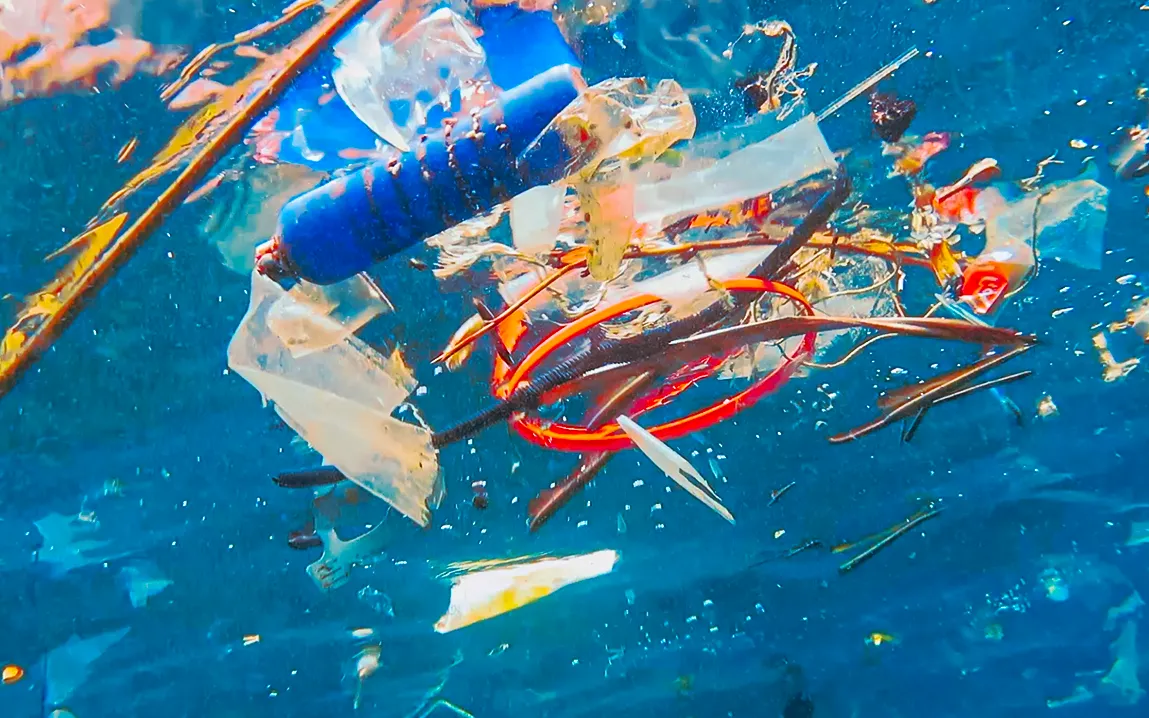Scientists have recently discovered a potential solution to the problem of marine plastic pollution: marine fungi that can degrade long-lasting plastic materials. This is a beacon of hope in solving the environmental issue of plastic waste in the oceans.
The Plastic Predicament
Plastics have permeated life today because they are tough and versatile. Nonetheless, their insensitivity to biodegradation has created massive ecological problems. The conventional plastics have been found to last for hundreds of years in the environment as they break into microplastics that contaminate the sea and the food chain. It is because of the extensive pileup of plastic waste in the world’s oceans that scientists started looking for ways to address the pollution.
Fungi: Nature’s Decomposers
Fungi are best known for decomposing complex organic matter, wood, and leaf litter, in terrestrial habitats. Their capability is found to be due to their synthesis of specific enzymes that degrade hard materials into less complex compounds. Seeing this, researchers have now shifted their focus towards marine fungi for examining their possibility for degrading man-made polymers like plastics.
Breakthrough Discoveries
The big breakthrough was provided by scientists from the University of Hawai’i at Mānoa, who isolated a range of fungi from Hawai’i coastal ecosystems. These scientists found that more than 60% of the marine fungi were capable of degrading polyurethane, a widespread plastic found in consumer products such as foams and adhesives. Some of these fungi had the capability to be conditioned for increased plastic degradation. In only three months, some strains had a 15% increase in degradation rates, illustrating the capability of quick adaptation.
Scientists also discovered, in another research study, the marine fungus Parengyodontium album that could degrade one of the ocean’s most abundant plastics, polyethylene (PE). Experiments in the lab found that this fungus degraded PE at a rate of about 0.05% per day. What’s more, when the plastic had first been subjected to ultraviolet (UV) light, it was degraded much more effectively by the fungus, implying that sunlight has a very important role in helping fungi cause breakdown.
Mechanisms of Degradation
Plastic degradation by marine fungi takes place in multiple steps:
Colonization: The spores of the fungus attach to the surface of the plastic, which typically forms a biofilm—a microbe community insulated in a matrix.
Enzyme Secretion: Fungi release enzymes to break down the plastic’s highly complex polymer chain into more processable, smaller molecules.
Assimilation: The resulting smaller molecules are taken up by the fungi and used as energy and carbon sources, essentially breaking down the plastic to fungal biomass.
The process not only minimizes the size and effect of plastic trash but also converts it to organic matter that can be re-cycled within the ecosystem.
Challenges and Considerations
As promising as the discovery of plastic-degrading marine fungi is, there are a number of challenges:
Environmental Factors: The efficacy of fungal degradation depends on environmental conditions, including temperature, salinity, and availability of nutrients. These factors are important to consider for improving degradation processes under natural conditions.
Depth Limitations: Because UV light is necessary for the degradation process to be intensified, fungi work better on plastics floating close to the surface of the ocean. Plastics that sink to deeper depths might not be as easily degraded because they lack sunlight.
Carbon Dioxide Emission: Fungi produce some of the plastic as carbon dioxide (CO₂) through the degradation process. Although it is on par with the rate of natural respiration, the extent of its impact on greenhouse emissions should be considered.
Future Directions
The uses of plastic-degrading marine fungi have potential enough to fill volumes:
Bioremediation: Using these fungi in a controlled environment, e.g., wastewater treatment plants, would be able to speed up the degradation of plastic trash prior to entering open oceans.
Genetic Engineering: Once scientists are able to figure out the genetic processes responsible for plastic breakdown, they will then be able to make these fungi function better or give that function to other organisms.
Integrated Waste Management: Link up fungal degradation and other waste management treatments as a unified approach for reducing pollution due to plastics.
Conclusion
Identifying marine fungi that can degrade plastics is a milestone in addressing the global problem of plastic pollution. Though much work still needs to be done in taking on the challenges they face and unlocking the full potential of these organisms, they provide a biological and eco-friendly way to alleviate plastic waste threats to our oceans. Learning about and studying more of these wonderful fungi brings us one step closer to a future without plastic pollution.



